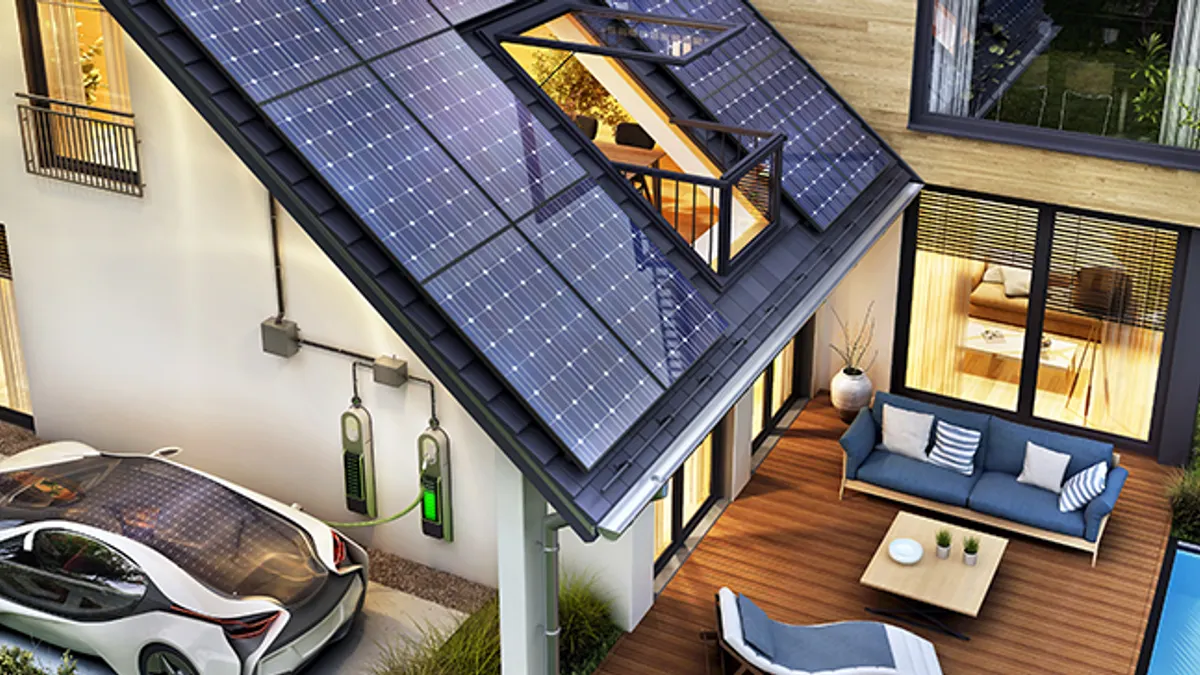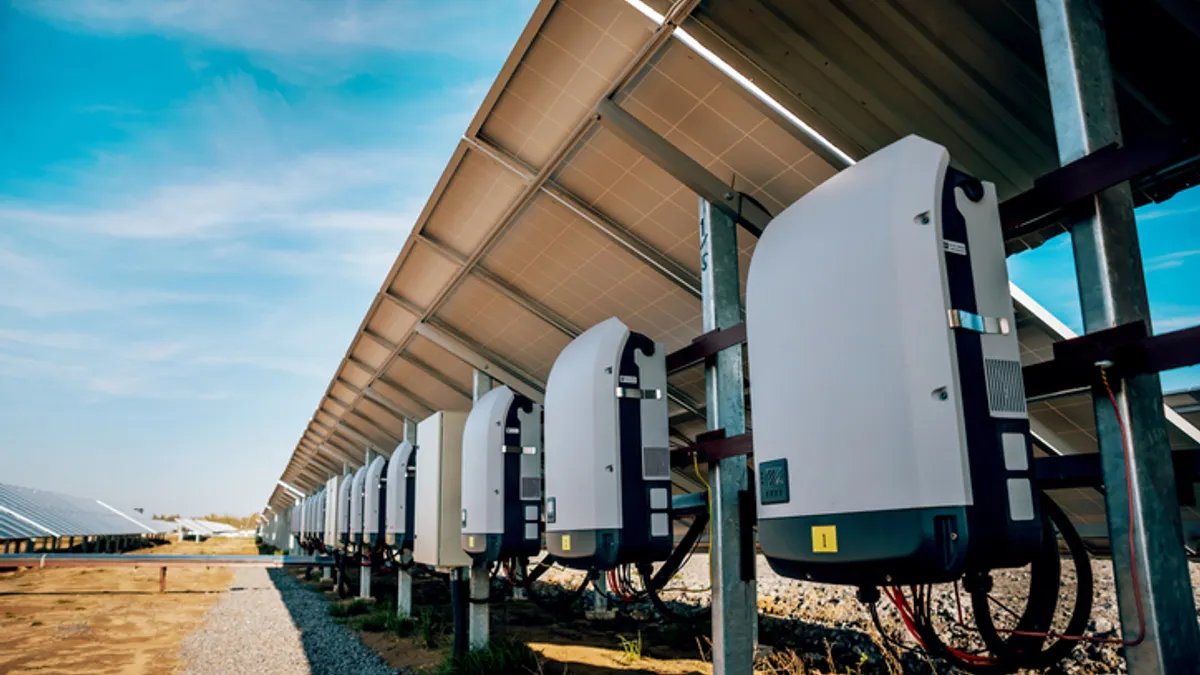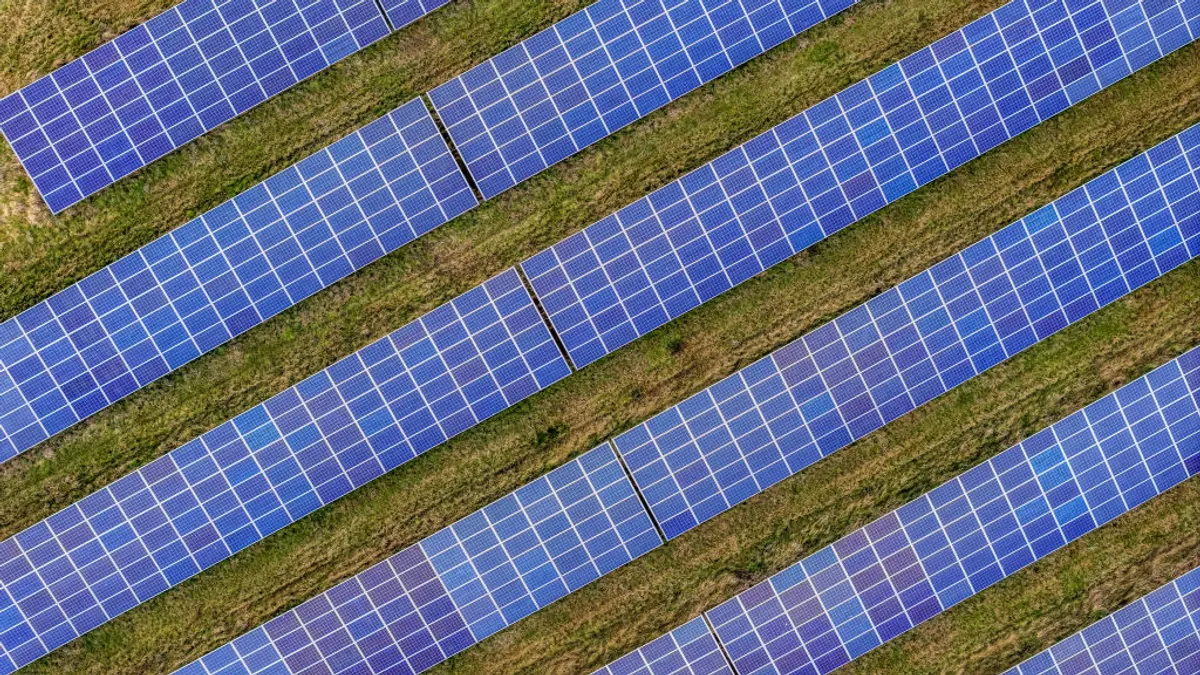Electric utilities are at a crossroads as the exponential growth of Distributed Energy Resources (DERs) permanently reshapes the grid. In this new landscape of a more complicated, bi-directional grid, utilities must modernize to reliably, effectively, and safely deliver power to their customers. However, bridging this gap requires access to highly accurate, real-time data to properly manage the grid’s intricate interactions.
In April 2021, Micatu and ZPryme surveyed more than 100 utilities across North America to gain insight into renewable integration. Of the respondents, 90% will have integrated renewables in five years. Aggressive decarbonization targets are accelerating this transition. Another factor driving DER growth is last year’s Federal Energy Regulatory Commission (FERC) mandate, FERC 222. This mandate creates a level playing field so that DER assets entering the market have an equal opportunity to compete against traditional electric resources.
At the same time, more DERs are connecting to the grid in the form of EVs. By 2030, every major car manufacturer will have EV models at every price point, and plans are being made to establish a national infrastructure for EV charging stations.
Although DER integration is necessary to achieve decarbonization, they also create issues for electric grid operators. According to the Micatu/ZPryme survey, power quality is a top challenge for 64% of utilities. Overall, 77% of utilities said safety is a top power quality concern. Backfeed is also a challenge for 48% of utilities.
Another challenge facing utilities is the conversion of energy customers into competitors. Corporations such as Facebook, Amazon and Google are directly contracting their own renewable power, and microgrids are being developed to serve college and corporate campuses.
Data Collection and Grid Digitization
The winter storms in Texas and the blackouts in California reinforce the importance of having a resilient grid. If utilities cannot accurately measure key power quality metrics like voltage data, it impacts their ability to detect, minimize, and manage faults like sags and surges appropriately. Not only that, but utilities must have the ability to track the impact of harmonics across their systems.
While data accuracy serves our current needs, tomorrow’s grid will be digital. Utilities will need tools that instantly transmit bits and bytes of real-time data instead of inaccurate analog data from legacy sensors that are prone to igniting in some of the most severe weather conditions brought about by climate change.
With Advanced Distribution Automation Systems (ADMS) and Distribution Energy Resource Management Systems (DERMS) already considered the gold standard in grid operations, adopting digital tools that accurately monitor and measure more of the grid in real-time and in more places becomes essential. After all, these systems are only as good as the data they collect. Tools like optical sensors, which measures with light instead of electrons, are already emerging as a preferred, digital-ready option. Optical sensors lead the industry in data precision, with testing up to 0.5% accuracy on both voltage and current. Using a system with a sampling rate of 15,000 samples per cycle provides unprecedented situational awareness on the grid, which is desperately needed to manage the integration of renewables and DERs. And, by not passing electrons, grid operators can avoid equipment overheating and violent, explosive failures.
Collaboration is key
Although it’s clear that utilities need to consider a new way of operating to manage the modern grid, the specific changes are still not apparent, nor is there a clear path for adopting a new operational mindset. According to utility industry experts who recently participated in Micatu’s Data Behind the DERMS webinar, utilities must break down the traditional silos between departments and work together to identify and deploy innovative solutions.
John Romano of Consolidated Edison Company of New York shared, “It’s necessary to have a multiorganizational view. Collaboration is the key. These are complex problems that span multiple subject matters. We need all the stakeholders to find solutions to make sure we end up in the right place.”
According to Amanda Freick, vice president of North American sales for Micatu, “We’re not talking about making a tech shift, we’re talking about making a cultural shift.”
A powerful moment for the utility industry
Clearly, the technology of our past will not take us into our future. Modernizing the grid means more than updating wires and adding bi-directional capacity. It also means detecting, measuring, and understanding the intricate interactions at each point in the system to control a powerful yet delicate web of interconnections.
Download our white paper, The Data Behind the DERMS, to learn more about DERs and optical sensing.






